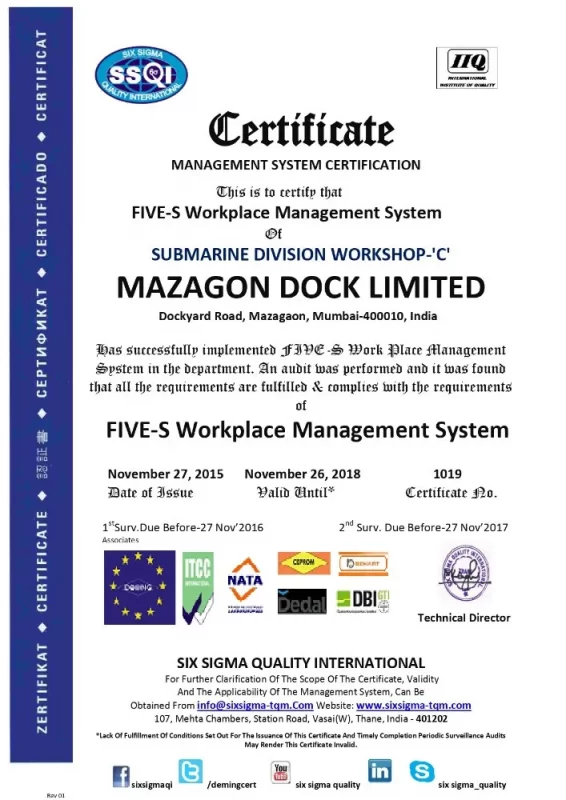ISO/IEC 16023:2000 Information technology international symbology specification, Uncategorized
ISO/IEC 16023:2000 Information technology international symbology specification
Courtesy: ISO/IEC 16023:2000 Information technology international symbology specification
This specification defines the requirements for the symbology known as MaxiCode. MaxiCode is a fixed-size matrix symbology which is made up of offset rows of hexagonal modules arranged around a unique finder pattern. This specification specifies the MaxiCode symbology characteristics, data character encodation, symbol formats, dimensions and print quality requirements, error correction rules, decoding algorithm, and user-selectable application parameters. MaxiCode includes special encodation modes for use in destination sortation symbols by carriers in the transport industry.
ISO/IEC 20000 is the international standard for IT service management. It was developed in 2005 by ISO/IEC JTC1/SC7 and revised in 2011 and 2018. It was originally based on the earlier BS 15000 that was developed by BSI Group.
ISO/IEC 20000, like its BS 15000 predecessor, was originally developed to reflect best practice guidance contained within the ITIL framework, although it equally supports other IT service management frameworks and approaches including Microsoft Operations Framework and components of ISACA’s COBIT framework. The differentiation between ISO/IEC 20000 and BS 15000 has been addressed by Jenny Dugmore.
The standard was first published in December 2005. In June 2011, the ISO/IEC 20000-1:2005 was updated to ISO/IEC 20000-1:2011. In February 2012, ISO/IEC 20000-2:2005 was updated to ISO/IEC 20000-2:2012.
ISO 20000-1 has been revised by ISO/IEC JTC 1/SC 40 IT Service Management and IT Governance. The revision was released in July 2018. From that point certified entities enter a three year transition period to update to the new version of ISO 20000-1.ISO/IEC 20000-1:2018 – Information technology — Service management

ISO/IEC 20000-1: Service management
Formally: ISO/IEC 20000-1:2018 (‘part 1’) specifies requirements for “establishing, implementing, maintaining and continually improving a service management system (SMS). An SMS supports the management of the service lifecycle, including the planning, design, transition, delivery and improvement of services, which meet agreed requirements and deliver value for customers, users and the organization delivering the services.”. The 2018 version (ISO/IEC 20000-1:2018) comprises ten sections, following the high-level structure from Annex SL of the Consolidated ISO/IEC Directives,

